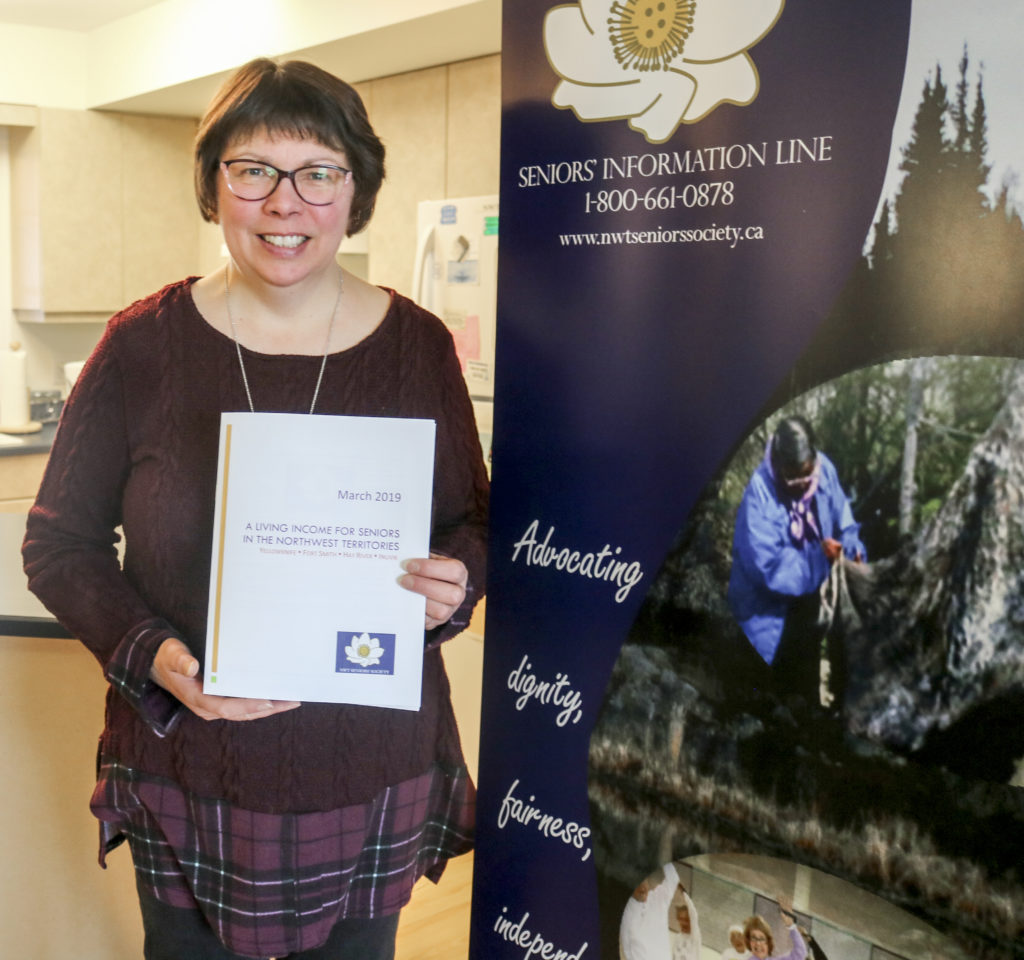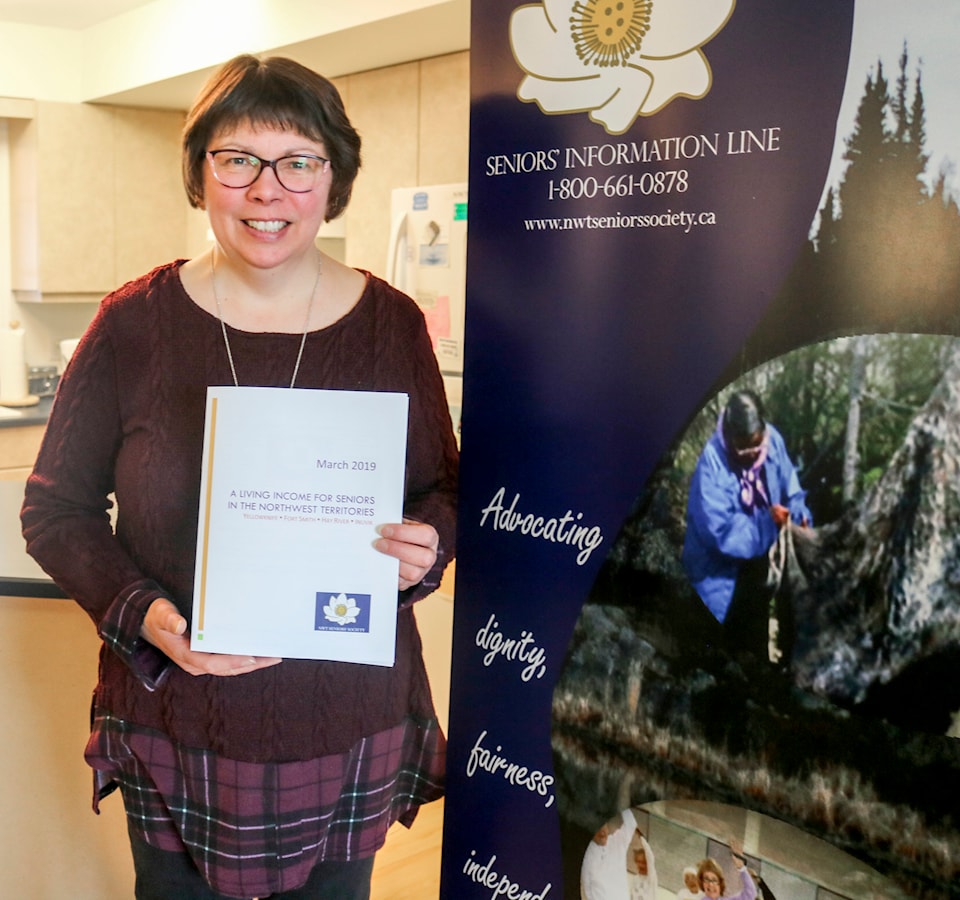Part of the NWT Seniors’ Society’s focus is to ensure that senior citizens can be mobile and access basic services both within and outside the home.

Suzette Montreuil, executive director of NWT Seniors' Society, said geography and climate add to the challenge in the territory.
“The geography really works against us in that regard because it usually comes down to the snow or mud,” she said. “Obviously, when we have lots of snow, the snowfall can get in the way, which poses problems for mobility or people in a wheelchair. Those are ongoing issues and we are really called to be on top of that because if you were trying to go out with a walker or using a manual wheelchair, going through snow can be impossible.”
The design of streets and sidewalks also needs special attention for pedestrians and seniors, minimizing slants and curves in their design that can make conditions slippery and difficult to travel for older people, especially those with walkers or wheelchairs, she said.
Double doors
Another common theme Montreuil hears from seniors is the issue of manually-operated double doors, usually found at the entrance of establishments.
“If you are using a walker, that is not easy and the best option is having push-button doors – like at the post office – because it makes it much easier to get through,” she said.
Improvements have been made over the years with ramps and handrails to help seniors access facilities, including in ensuring that they are added to the National Building Code, according to Montreuil. However, there have been common occurrences, she said, where ramps aren’t maintained properly.
“I’ve seen so many in the NWT that are snow packed and inaccessible. We have to recognize where we live and stand up for and support our Elders with mobility problems and clear the ramps," she said. “Ramps are now part of the building code so businesses have to have them as part of their entrance. But to think about ramps is to think about ensuring they are cleared for snow and have proper light and a solid surface to build a ramp on. You don’t want slippery conditions, which would be the worst situation you can have and that is vital to building access if not on the ground floor.”
Typically, building a ramp when the building is constructed rather than at a later date is more ideal because it means that the ramp is part of the overall design and not an afterthought, she said.
Cultural access
Montreuil said access also has to do with being able to engage and relate with other people, and this is especially the case with Indigenous people and Elders. She has repeatedly that Indigenous Elders wanting to be able to eat traditional food and have the ability to communicate in local languages is particularly important.
“This can often be difficult to do or provide if you are not from their particular region,” she said. “So this is part of the reason why we believe Elders should be housed as close to home and that being in their home communities as they get older is the best choice.”
Being tied to traditional activities is also important she noted.
“If Elders are doing something that is unknown to them, it makes a difference as to whether they are interested or not interested, so things like sewing or beading or carving or even doing things with furs that they have known all of their life are also important.”
